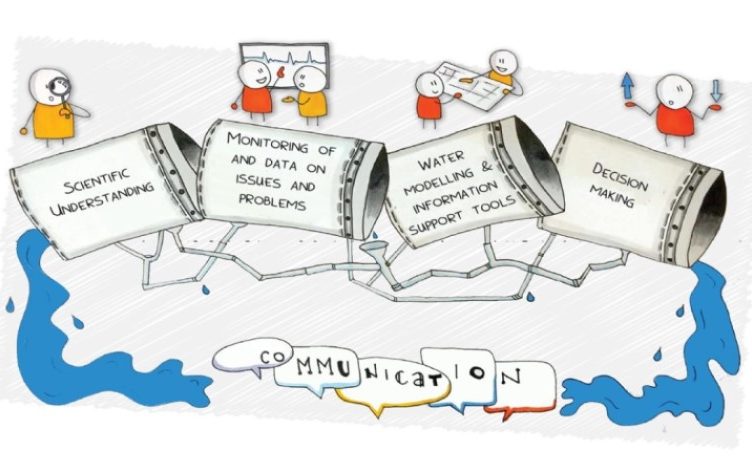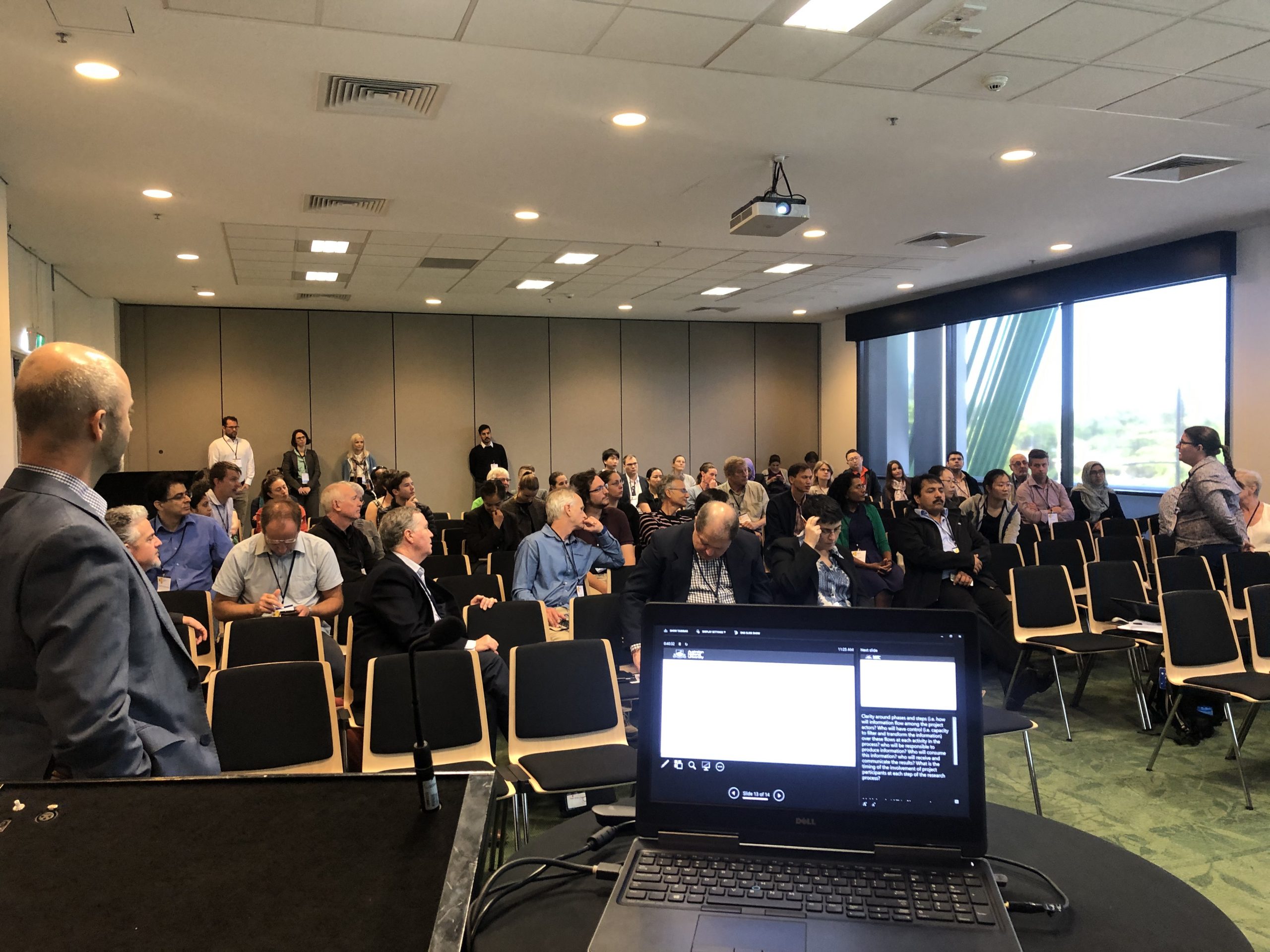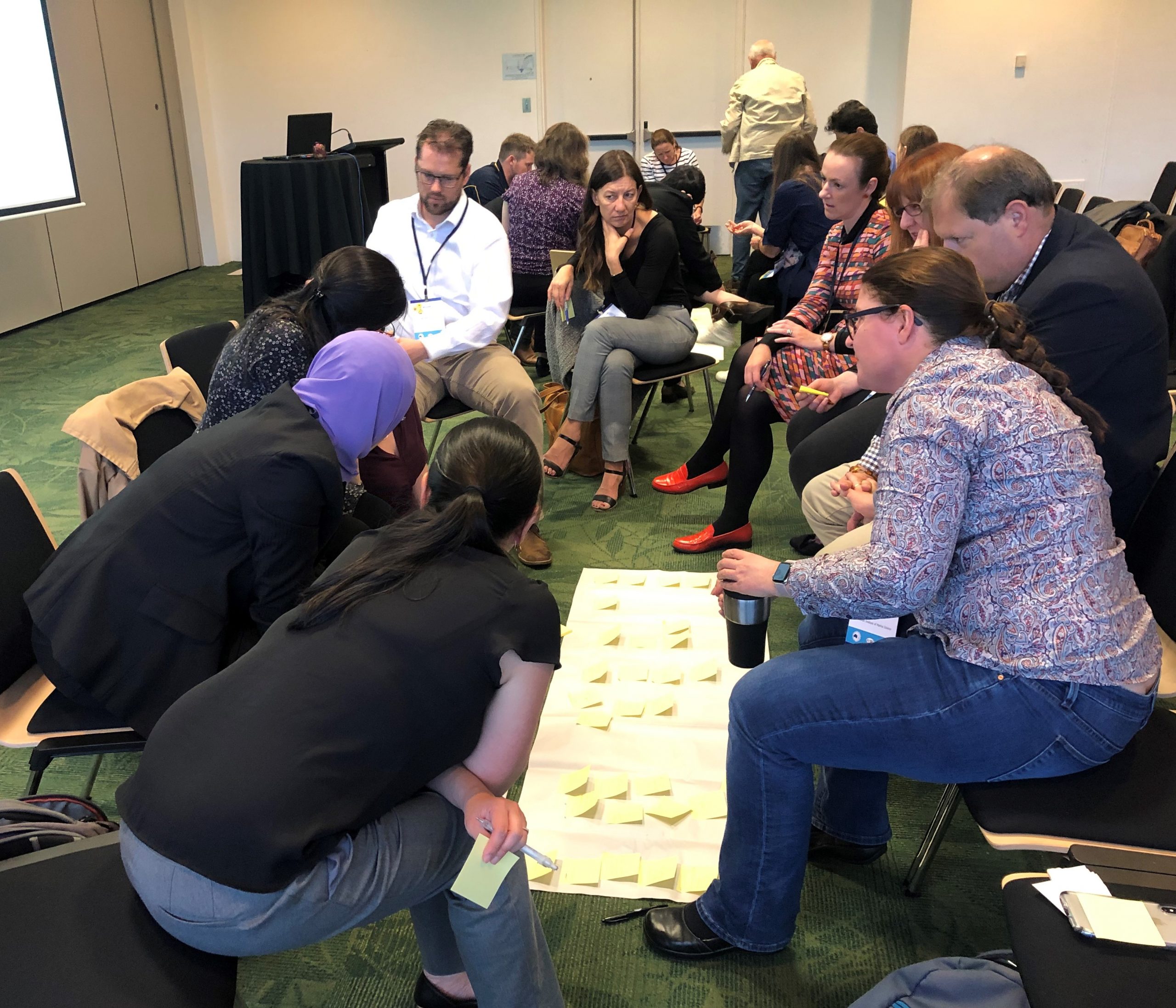
05/12/2024
Event Summary: Overview of water quality modelling projects from the Queensland Water Modelling Network with Callym Dunleavy
Read more
The Queensland Water Modelling Network (QWMN) and the NSW Water Monitoring and Modelling Hub (NSW MaMH) are two current examples of network arrangements that operate to foster collaboration, consensus and innovation in water modelling through a variety of means. Beyond networks are communities of practice (CoPs), community modelling systems (CMSs), collaborative and participatory modelling processes, collaborative processes for uncertainty management, open science platforms, models for cross-institutional collaboration and many other mechanisms.

Such collaborative, multi-stakeholder arrangements are increasingly being recognised for their effectiveness in supporting and improving the design, improvement and delivery of models and modelling tools for policy, planning and management purposes. There is appetite, demand and value created by the use of different engagement and collaboration mechanisms for the purpose of improving water models and modelling. The following quotes from surveys of QWMN participants help illustrate and explain by way of example:
“I have attended a number of CoP events and identify strongly with being a member of the QWMN. I see this as my professional community, that will shape and inform my research. I value being connected to a Network that is not “university” focussed, but explicitly builds to connect water modelling professionals across sectors (and silos).”
“QWMN is starting to tackle some broad reaching themes that straddle public, private and academic sectors. Strategic projects such as the climate change review are good ways to tackle issues that help across sectors but in doing so also promote the QWMN as a group that drives collaboration and innovation.”

As a way of bringing together leading practitioners in the area of collaborative arrangements for improving water models and modelling the QWMN and its sister program, the MaMH, organised and delivered a session at the biennial MODSIM conference. The session (K1 – see here) span most of a whole day and included 14 presentations, 4 chaired discussion sessions and a paper planning session. At its peak around 80 participants took part in the session and at its conclusion a group of 24 practitioners from across Federal and State Government, research agencies, private consulting and Universities nationally came together to develop a paper that provides a critical review of the suitabilities of different collaborative arrangements and approaches for improving water models and modelling in terms of:
If you want to know more about session K1 you can download the session presentations as pdf files inside a .zip file – MODSIM 2019 Session K1 presentation pdfs.